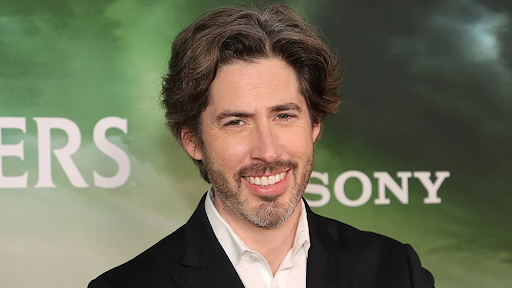Phrases like “based on a true story” and “inspired by true events” are commonly seen underneath movie titles, now more than ever, according to CBS. In this year’s Oscars alone, half of the movies nominated for Best Picture used one of those labels.
The same figure stands true for the 2015 Oscars, and in 2014, two-thirds of the movies nominated for Best Picture were either “based on a true story” or “inspired by true events.”
There are currently no controls in the industry on just how far a story can be stretched from the truth and still be labeled like this.
With no one checking the amount of truth that makes it into the final cut, movies with only a single scene of truth could be branded as “based on” or “inspired by” reality with nobody the wiser, except for those individuals whose story has been adapted for the big screen.
One recent example of this is the 2015 movie “Stonewall,” directed by Roland Emmerich. While it’s “inspired by the incredible true story” of the 1969 Stonewall riots, many people were displeased with how whitewashed and cis-centric the movie was. For a series of riots typically credited to non-caucasian transgender people and drag queens, the choice to center the story on a white, cis-gender lead character seems about as far from the truth as possible.
Especially for movies depicting important historical events, false claims to truth can give people mistaken ideas of history. If a person were to watch “Stonewall,” see the phrase “inspired by the incredible true story” and take the movie as historically accurate truth, they would be badly misinformed — and they perhaps would never find out what really happened in 1969.
Even for other genres, an overly liberal application of those labels could be problematic. If a horror movie is “based on a true story,” that makes it all the more terrifying, but perhaps that fear isn’t warranted. For movies that center on the life of a particular person, falsified scenes could incorrectly alter the public’s perception of that person.
Chief film citric at the Washington Post Ann Hornaday suggests that the solution to this problem lies in schools teaching more media literacy. This places the responsibility on the viewer to do independent research into the film and the story it portrays. However, while media literacy is important, expecting movie-goers to do their own in-depth research is not realistic. Movies are meant to be entertainment, not assignments.
A more realistic solution would be to place guidelines on the use of those two potentially problematic phrases. Similar to the way the FDA regulates the use of the word “organic,” a movie should have to meet certain criteria, including representation and accuracy of major events, before being allowed to be labeled “based on a true story.”
Regulations for “inspired by true events” could be more lax, but that should be made explicitly clear to viewers. Just like movie ratings of R and PG-13 signify different things to an audience, the varying amounts of truth in movies with these two labels should be noted in the rating.
This is not to say directors shouldn’t be able to add their own artistic flair to movies, or that every movie has to be treated like a documentary. Part of directing is to know how to adapt events to fit a timeline and a screen. There should simply be a clearly articulated line between a highly modified movie and one that actually portrays the truth.
You wouldn’t want to buy an apple labeled “organic” unless it really was organic. Similarly, you shouldn’t be misled into considering a movie as truthful when it is not, even if it’s a great movie otherwise. Fictional movies are not any better or any worse than factual movies, they’re simply different and should be labeled as such.
Follow Marissa Heffernan on Twitter.








